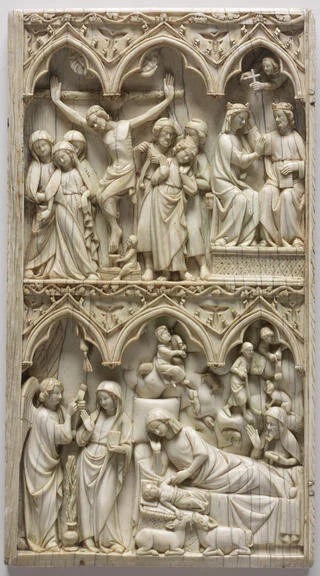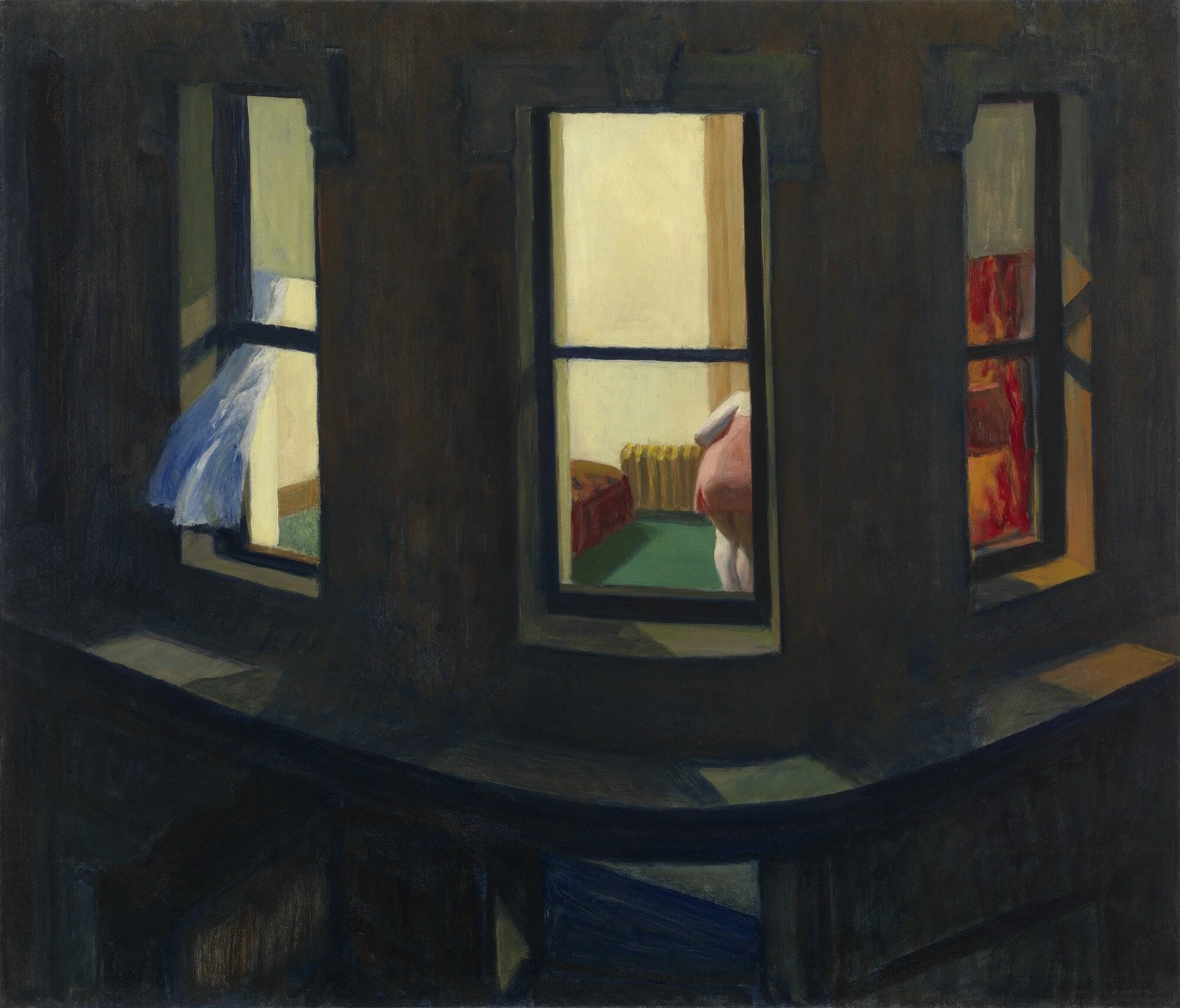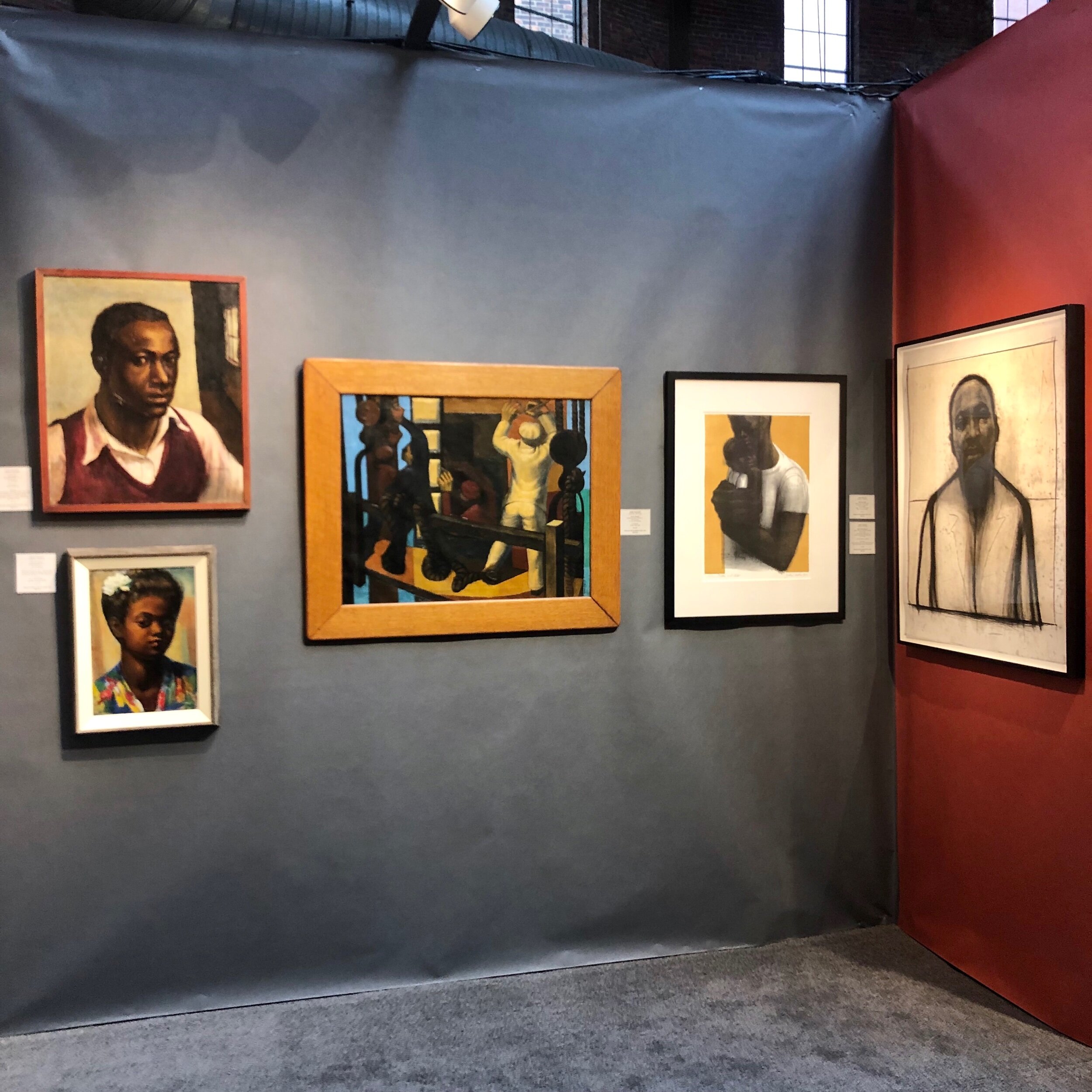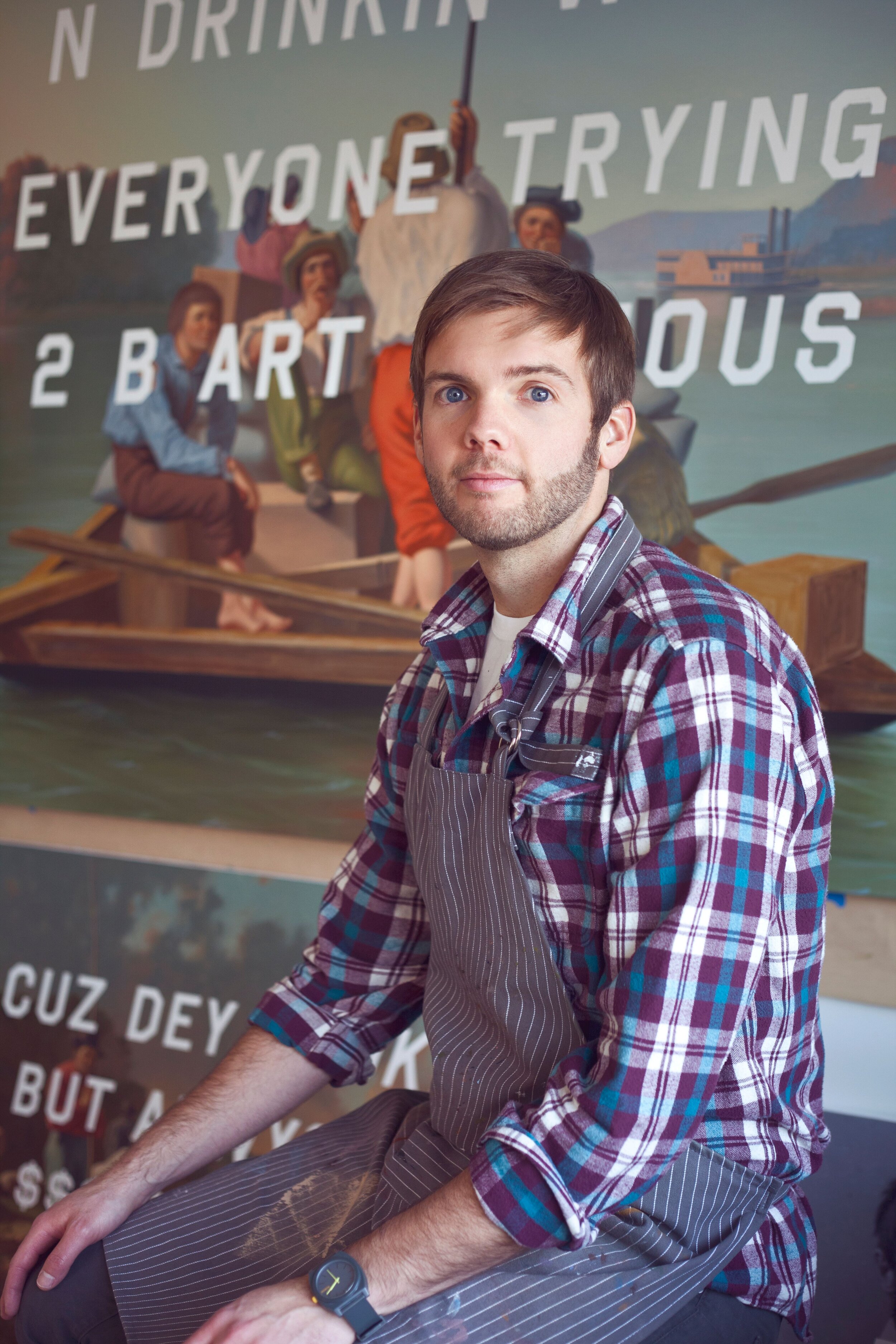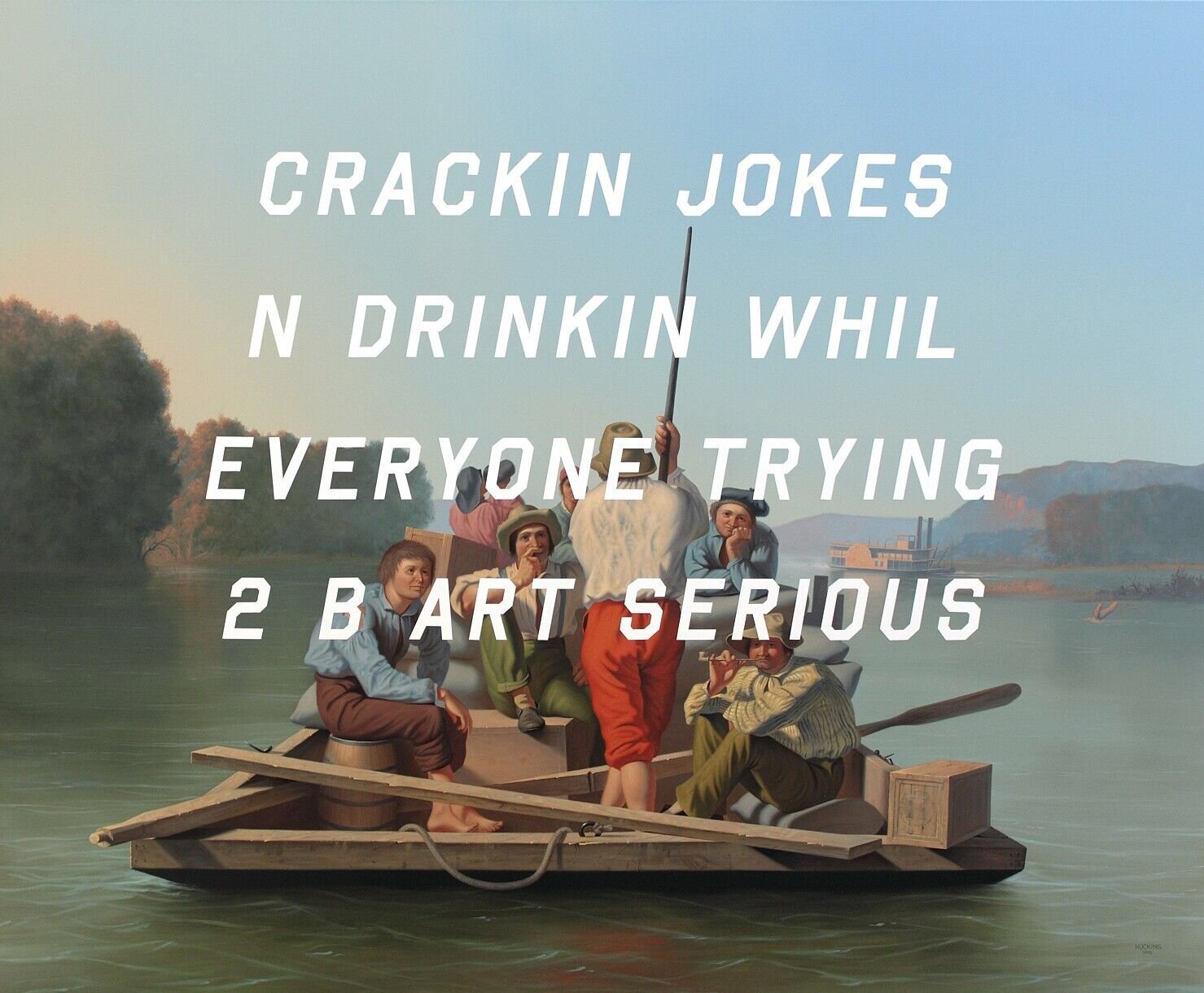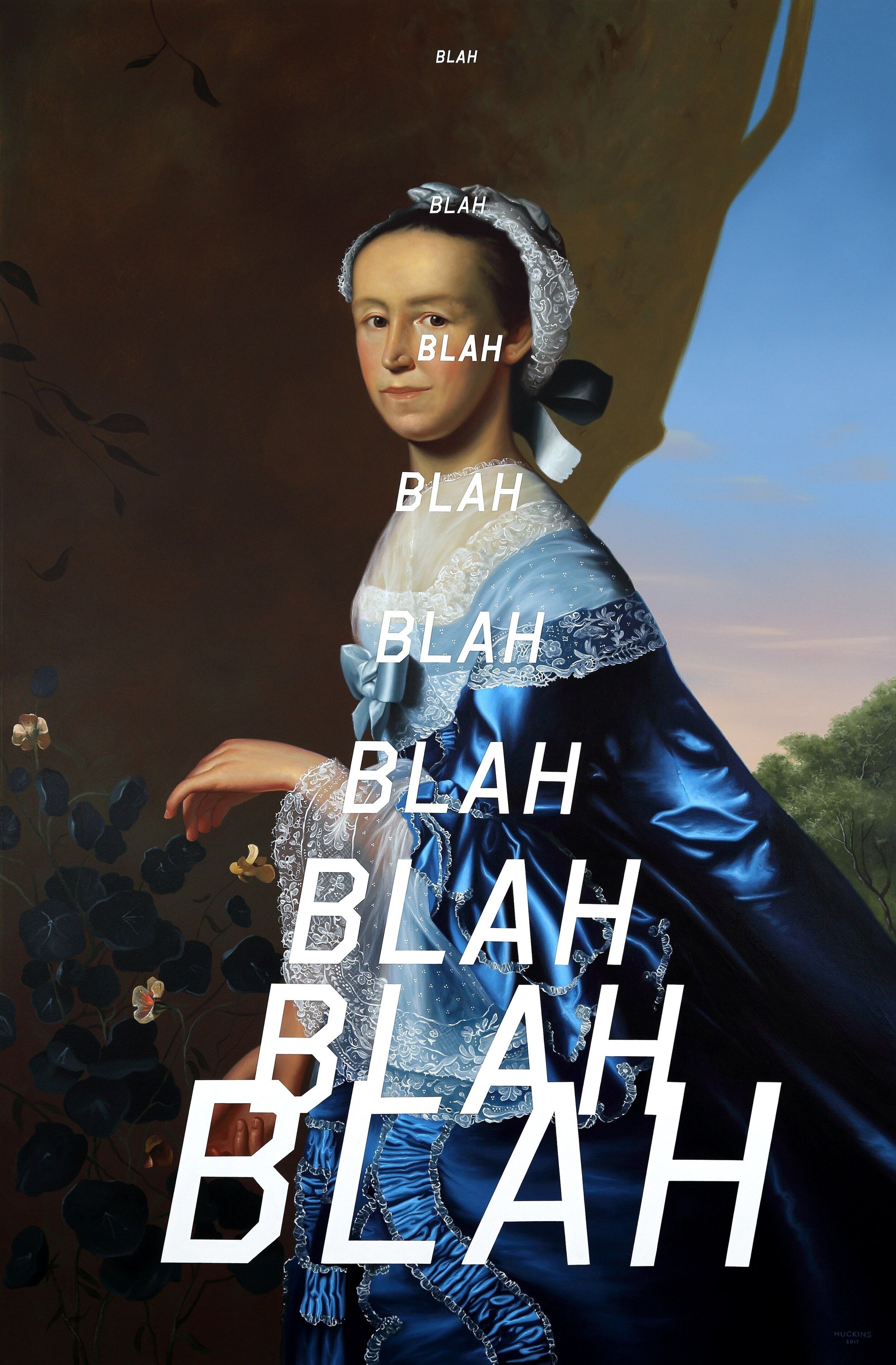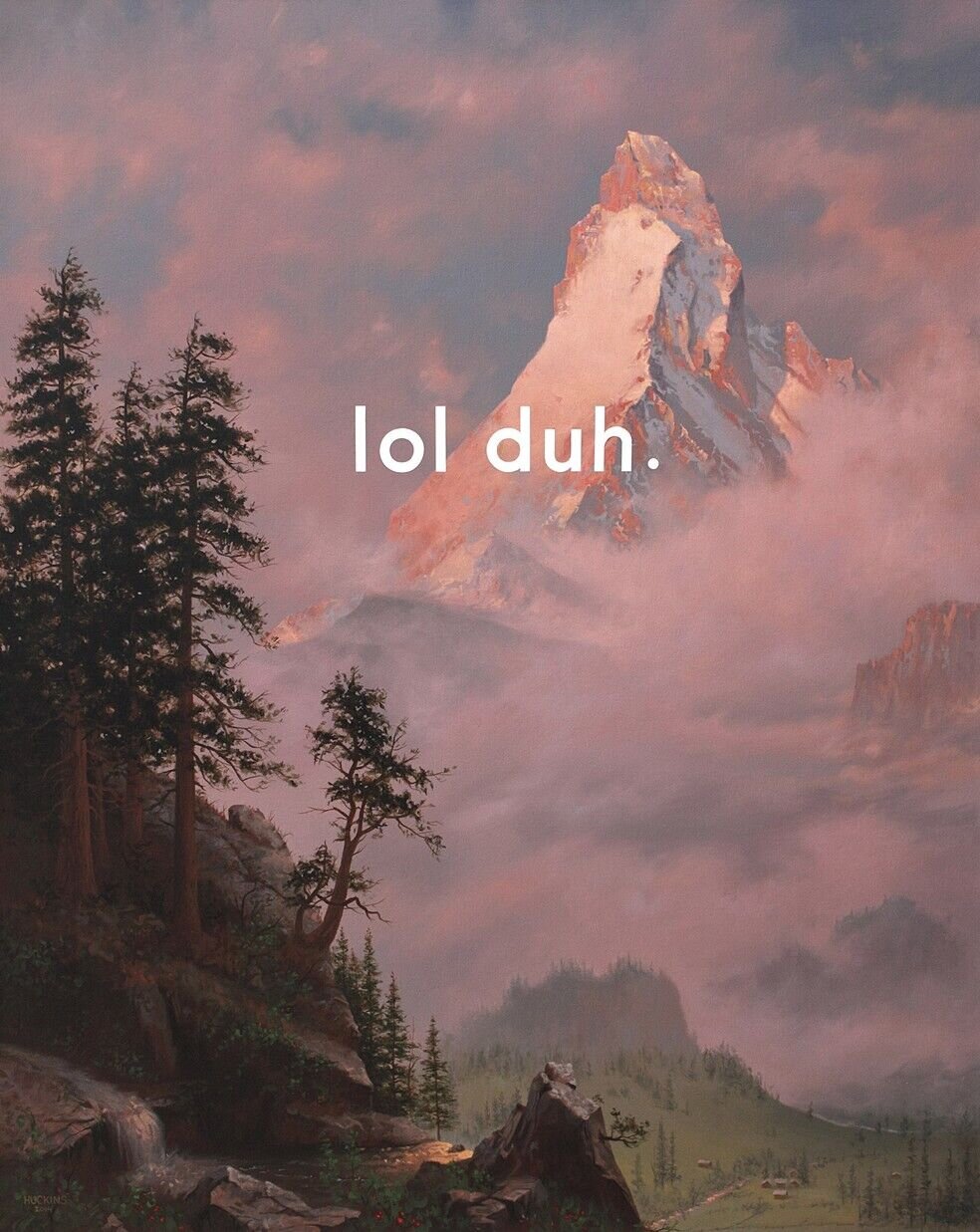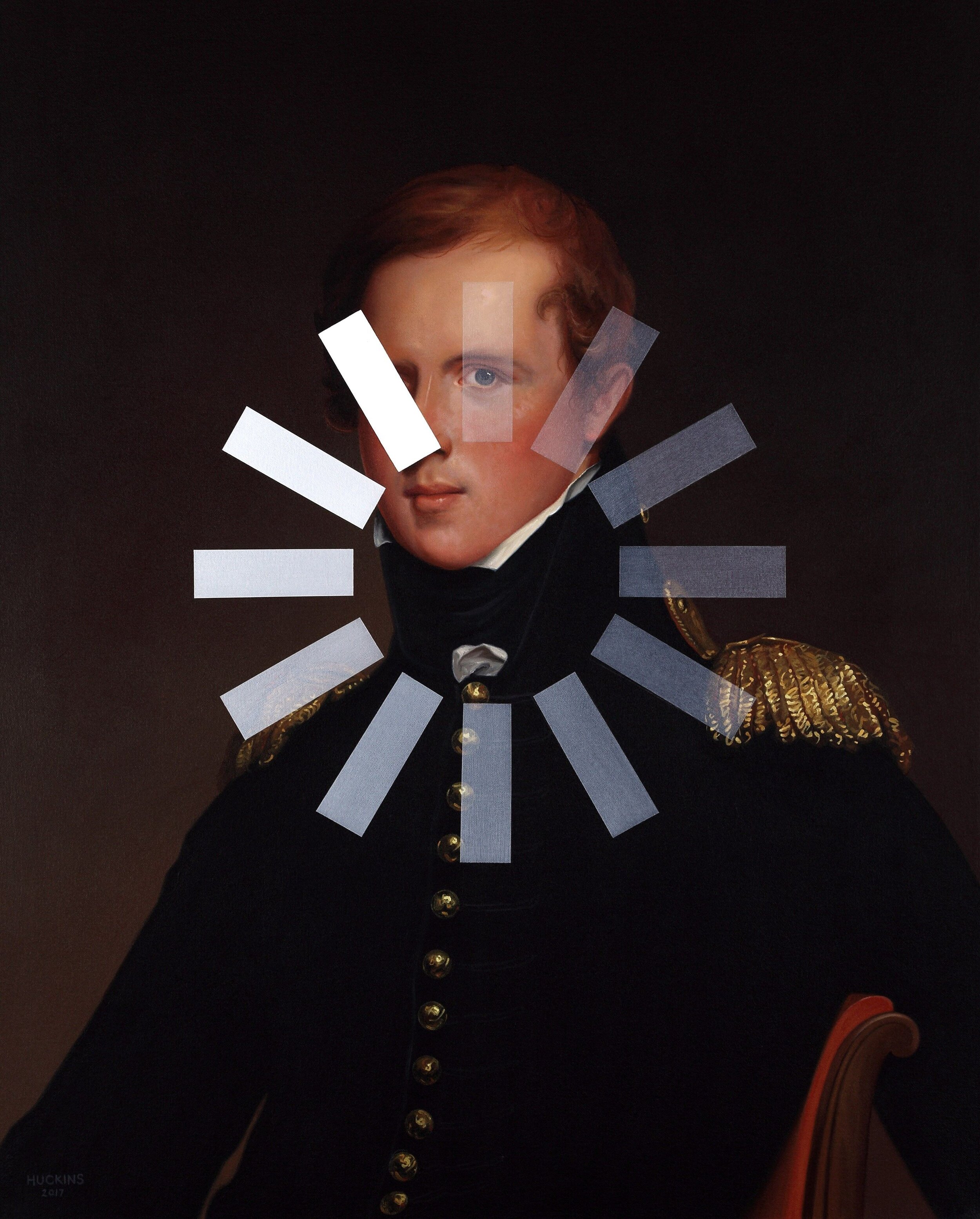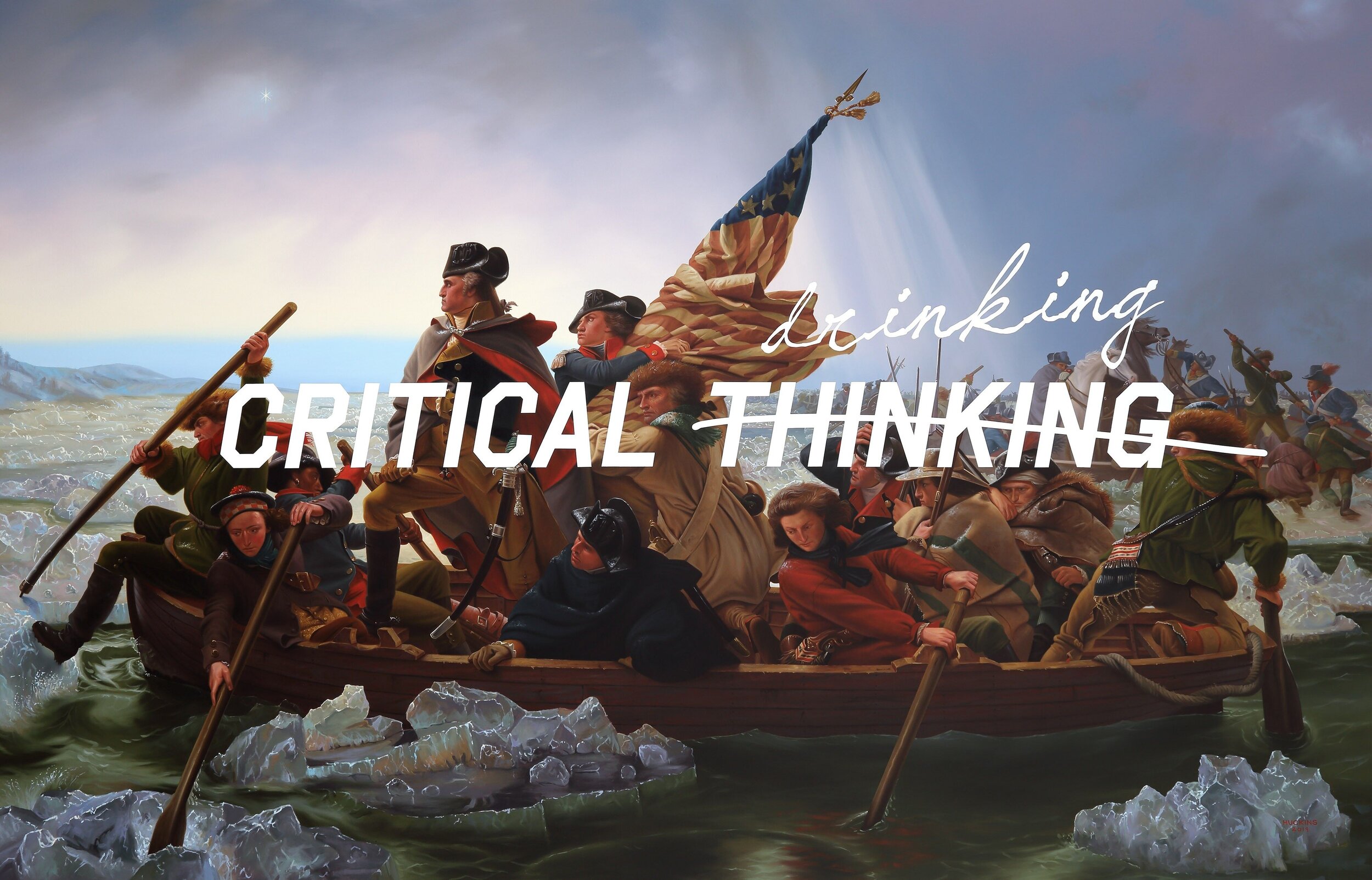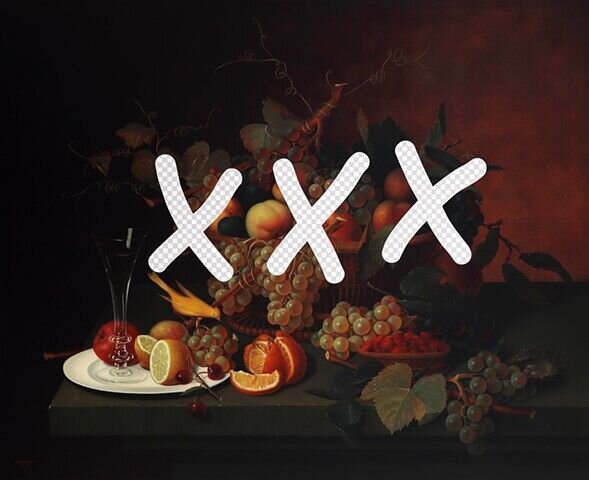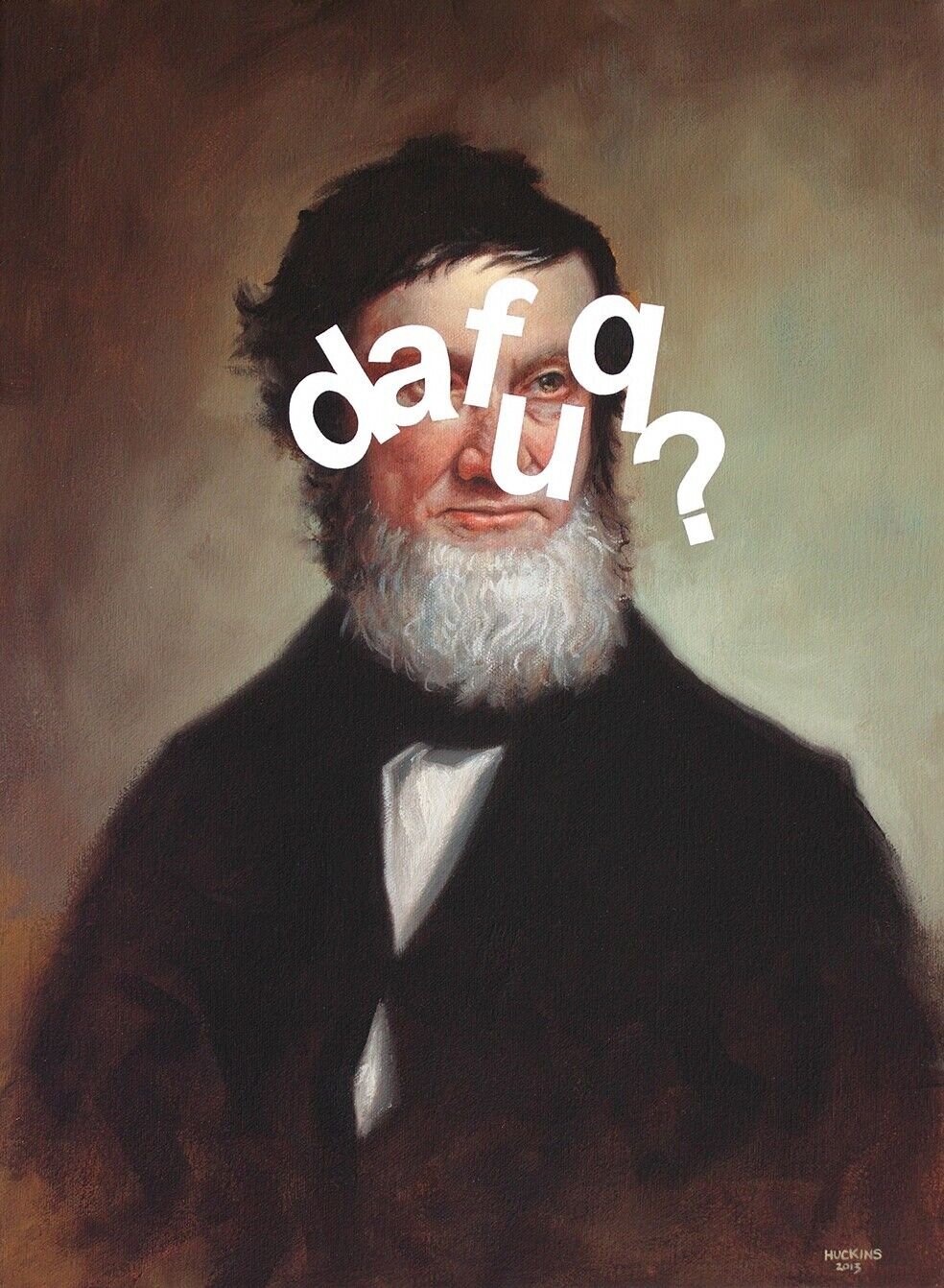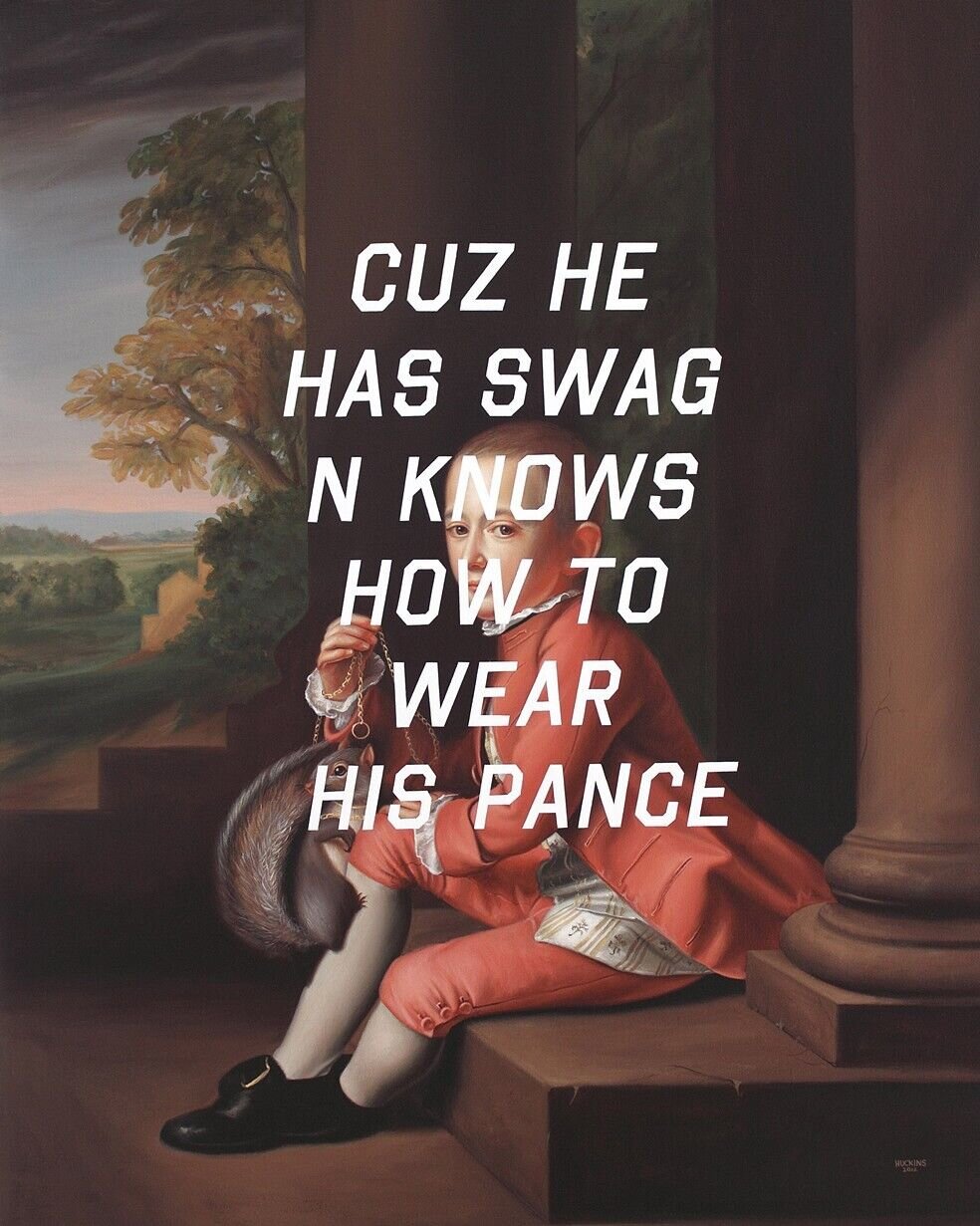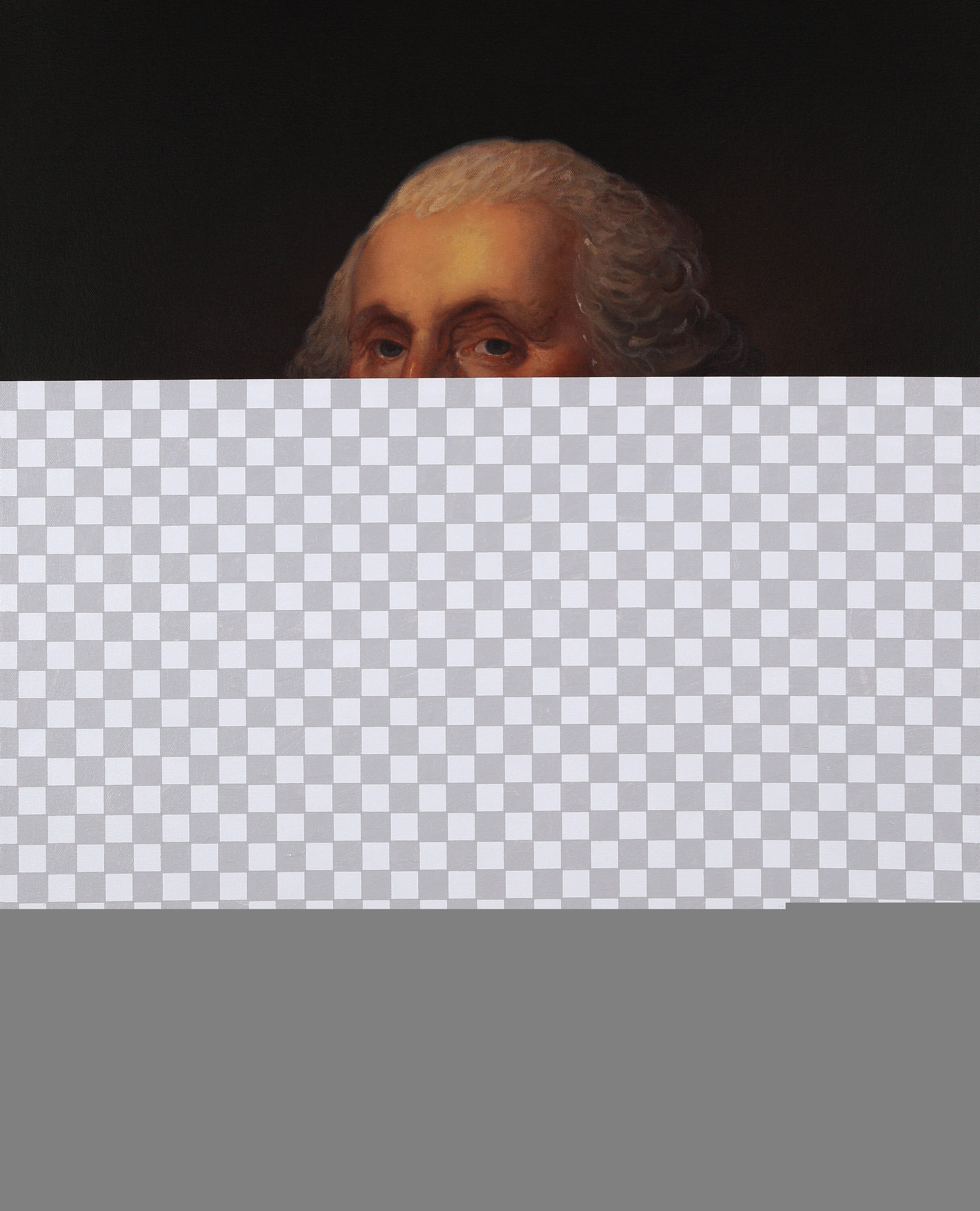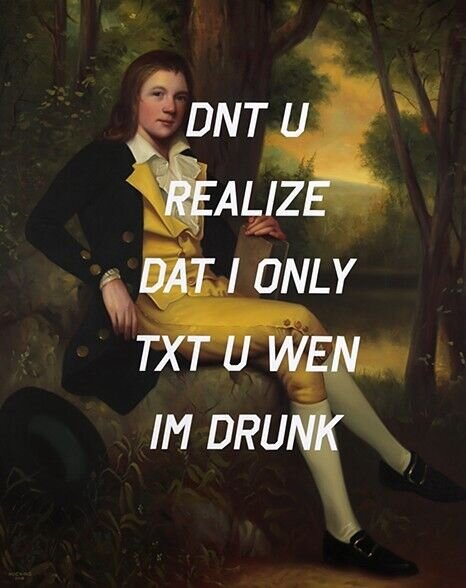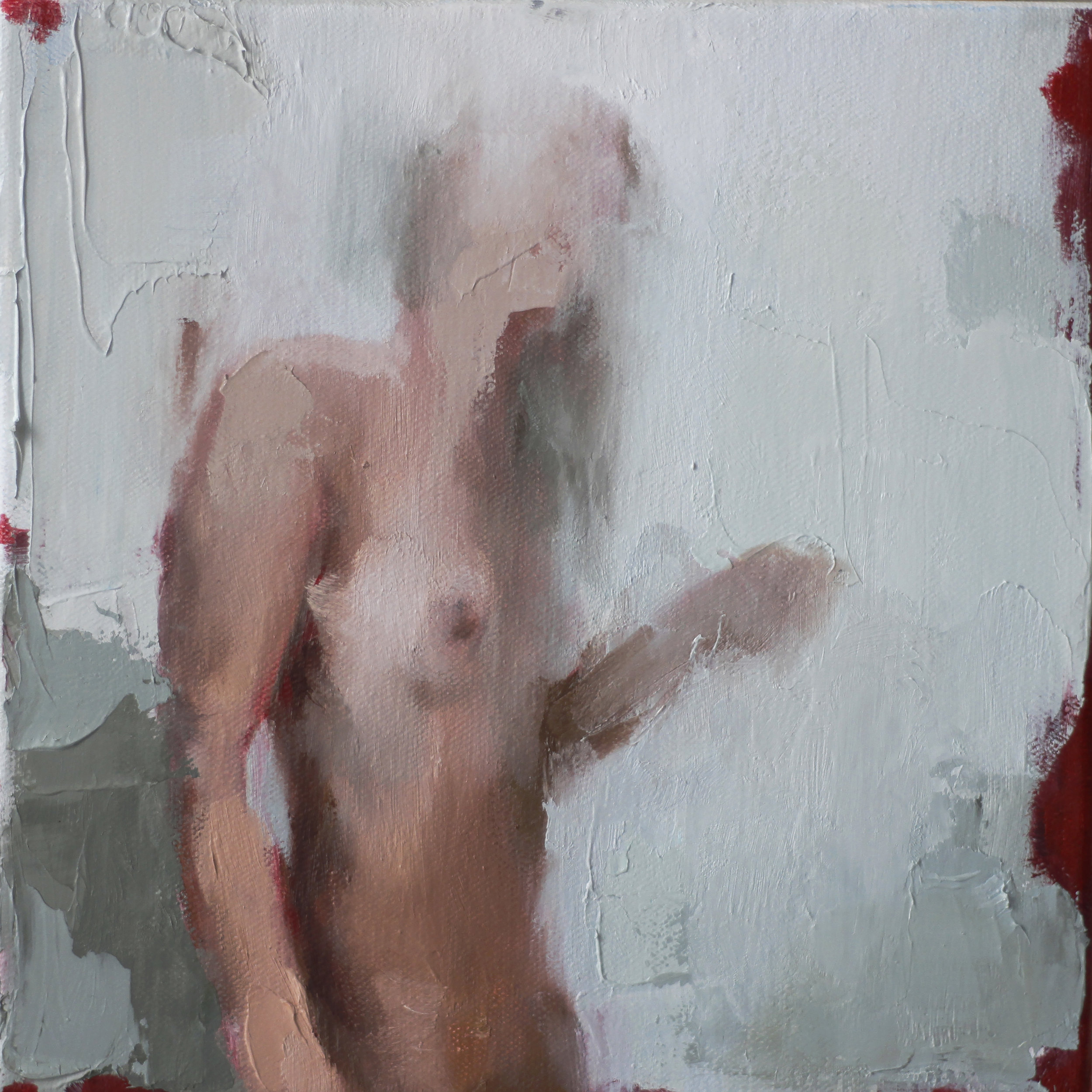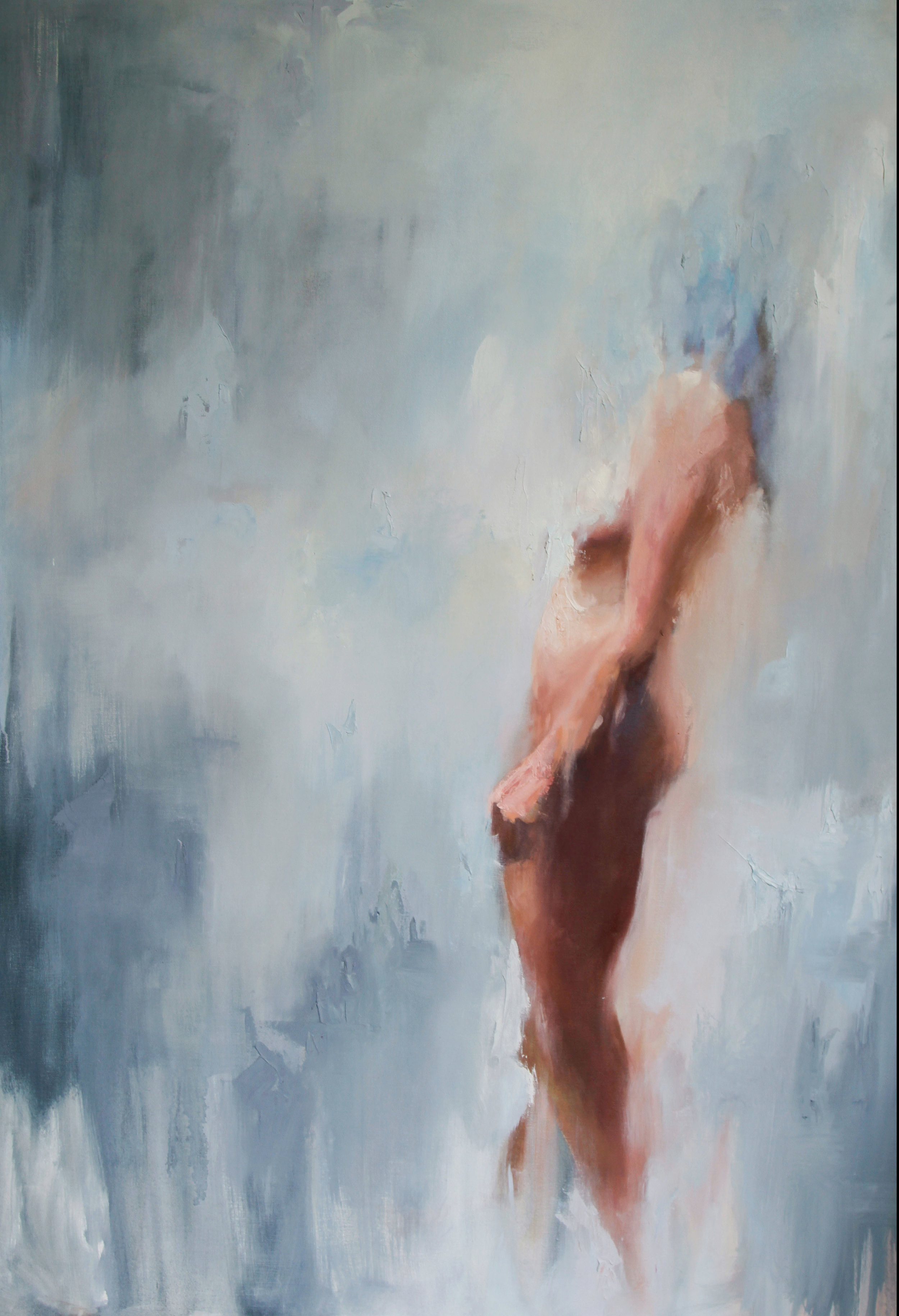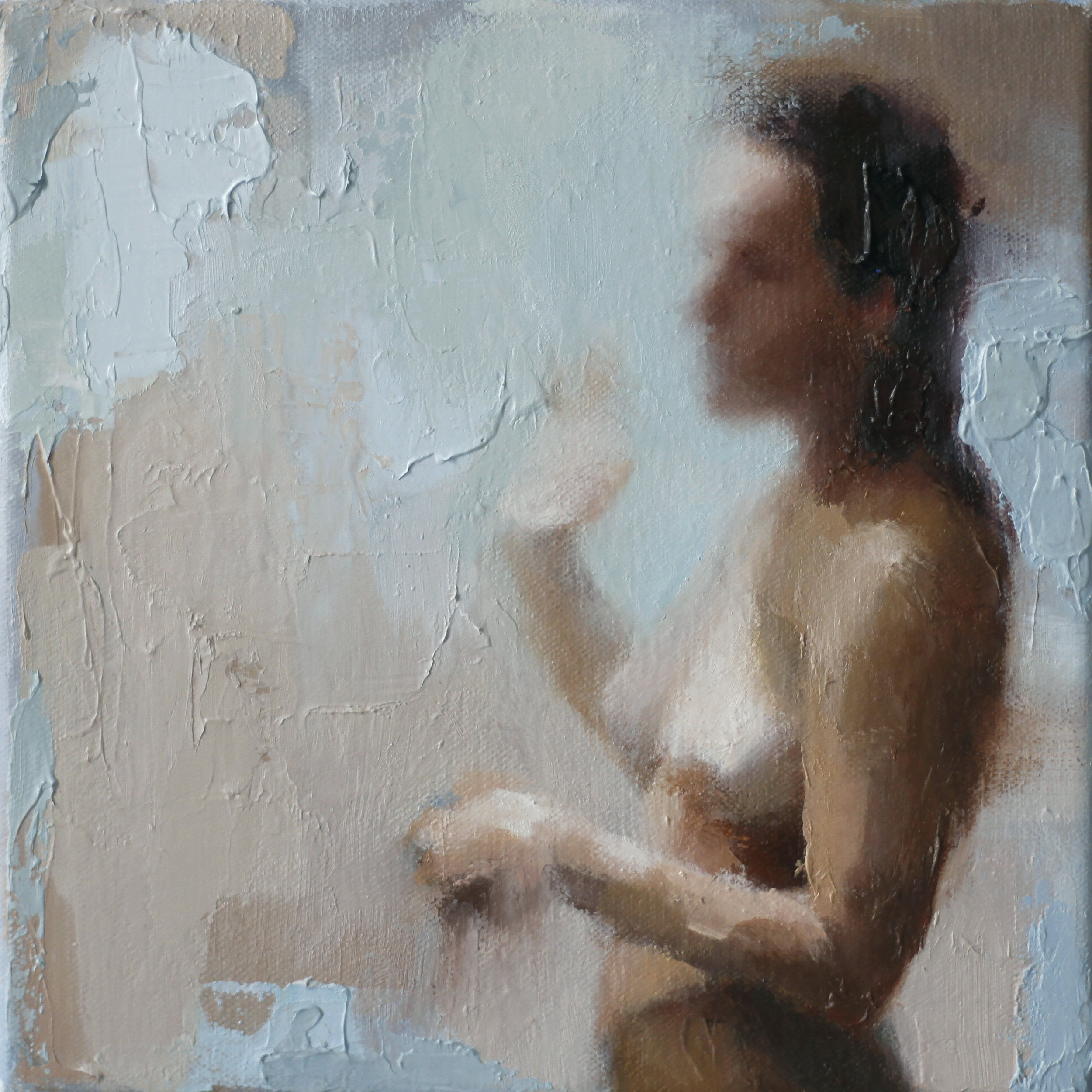In May I offered a short series of four online art business classes at affordable rates. These classes were quite well received so I am offering a second installment of professional development programming and now also offering art history. You can learn more about my teaching experience on my Speaking and Teaching page, and learn more about my personal background on my About page.
You can register for classes by clicking the button at the bottom of this page and filling out this simple registration form. Please note that all classes will be conducted live via Zoom. Students should be comfortable with this free teleconferencing platform. Students will receive Zoom meeting details in a direct email after they have paid their class fee(s) using Paypal or Venmo.
Thank you!
-Michael
Professional Development Course Listing
Two Day Workshop: Publicizing Your Artwork
Saturday, June 6, 1:00pm-2:00pm
Sunday, June 7, 1:00pm-2:00pm
Artists often have a difficult time publicizing their own work. In this two day workshop, Michael will review key methods to earn publicity for your art and exhibitions. He will discuss traditional means of publicity like the press release and also give detailed advice on utilizing Facebook and Instagram to grow your following.
Included:
1 hour live lecture via Zoom each day.
A resource sheet distributed after class.
Students can submit questions before, during, or after class.
Class Fee: $50
Making The Most of Juried Exhibitions
Saturday, June 6, 3:00pm-3:30pm
Juried exhibitions provide increasingly important venues for artists to share their work with new audiences. From local art associations to nationally competitive calls, Michael will break down how to strategize and select work for application and how to make the most of being featured in such shows.
Included:
30 minute live lecture via Zoom.
A resource sheet distributed after class.
Students can submit questions before, during, or after class.
Class Fee: $15
The Appraisal Basics
Sunday, June 7, 3:00pm - 3:30pm
Art appraisal is an important means to learn more about the background and value of one’s collection. While most people are familiar with the “appraisals” of programs like Antiques Roadshow, this short crash course will detail the when, why, and how of professional appraisal practice and teach how collectors can go about securing appropriate valuations for their artworks. This is ideal for individuals who own artworks and aren’t sure how to start the appraisal process.
Included:
30 minute live Zoom lecture.
Resource sheet distributed after class.
Students can submit questions before, during, or after class.
Class Fee: $15
Artists’ Professional Development Discussion Group
Monday, June 8, 6:00pm - 7:00pm
In this engaging question and answer session, Michael will take questions from attendees and moderate a conversation in the group on the topics that interest them most. This can range from how to prepare your artwork, to how to interact with galleries, to how to apply to exhibitions. Nothing is off topic!
Included:
1 hour live Zoom Q&A session.
Class Fee: $10
Art History Course Listing
Looking at composition
SAturday, June 6, 6:00pm - 7:00pm
Composition is one of the foundational elements of all visual art, and describes the underlying structure of all your favorite images. Using examples from art history, Michael will talk more about the aspects of composition and detail the qualities which make a strong composition. This class is intended to help those interested in art develop a keener visual sense, and will also aid artists in improving their own compositions.
Included:
1 hour live Zoom lecture.
Students may ask questions during lecture.
Class Fee: $20
Looking at New York Nights
Sunday, June 7, 6:00pm - 7:00pm
New York City has long provided inspiration for visual artists. In this one hour class, Michael will explore the ways in which visual artists have drawn on the unique quality of New York at night to create evocative, engaging, and even mysterious works of art. Artists like John Sloan, Martin Lewis, Edward Hopper, Georgia O’Keefe, and Faith Ringgold will be discussed.
Included:
1 hour live Zoom lecture.
Students may ask questions during lecture.
Class Fee: $20
Policies
All course fees are due in advance of the class. Cancellations must occur 48 hours prior to the class start time for class fee to be refunded. Buyer is responsible for any fees resulting from a refund.
Course fees may be paid via PayPal or Venmo, students will receive payment details after submitting their registration request.
Classes are open to all and students of all backgrounds are welcome. Class times are Eastern Standard Time.
Students must be a minimum of 18 years old and should have a good working understanding of the Zoom platform. Michael is not able to provide one on one instruction on how to use Zoom.
The content presented in all listed courses is the sole property of Michael Rose, lectures and related course materials may not be recorded or distributed by participants.
Questions
Questions are welcome in advance of classes, to learn more about any of the offerings here, please email Michael at michael@michaelrosefineart.com.


